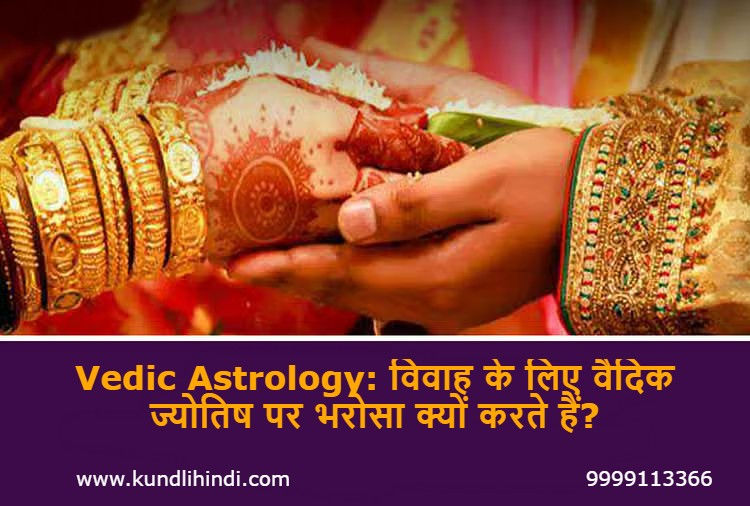How many points should match in kundali for Marriage
- Dr. Vinay Bajrangi

- Oct 25, 2023
- 3 min read

In the world of astrology, Kundali Matching, also known as Horoscope Matching or Ashta Koot Matching, plays a pivotal role in determining the compatibility of two individuals looking to embark on the journey of marriage. Dr. Vinay Bajrangi, a seasoned astrologer, has dedicated his expertise to guide countless couples on this sacred path. In this blog, we will explore the significance of Kundali Matching and delve into some essential aspects of Ashta Koot Matching.
Why Kundali Matching is Essential for Marriage
Marriage is a sacred union of two souls, a commitment to spend a lifetime together, through thick and thin. In the quest for marital bliss, Kundali Matching becomes a crucial step. It’s not just a traditional practice, but a scientific approach that assesses the compatibility of partners based on the positions of celestial bodies at their birth.
Cosmic Compatibility: The positioning of planets and stars at the time of one’s birth can have a profound impact on their life and personality. Kundali Matching helps gauge the cosmic compatibility between couples, ensuring they can navigate life’s journey harmoniously.
Predicting Marital Bliss: Through Kundali Matching, Dr. Vinay Bajrangi helps couples predict the level of harmony they can expect in their marital life. It assesses potential issues and offers remedies to mitigate them, ensuring a peaceful and fulfilling relationship.
Matching Doshas: Kundali Matching also takes into consideration ‘Doshas’ or astrological imbalances that might exist in one’s birth chart. Identifying and mitigating these Doshas is vital to prevent marital discord and ensure a blissful union.
Some Important Points in Ashta Koot Matching
Ashta Koot Matching is the most prevalent method for Kundali Matching and comprises eight essential factors that are analysed to determine compatibility:
Varna (1 Point): Varna assesses the spiritual compatibility of the couple. It classifies people into four categories: Brahmin, Kshatriya, Vaishya, and Shudra. A higher point indicates better spiritual compatibility.
Vashya (2 Points): Vashya evaluates the dominance of one partner over the other in the relationship. A higher score suggests a stronger and more balanced bond.
Tara (3 Points): Tara looks at the health and well-being of the couple. It’s an important factor in predicting the overall health and longevity of the marriage.
Yoni (4 Points): Yoni represents the sexual compatibility between partners. A higher Yoni score indicates a more satisfying sexual relationship.
Graha Maitri (5 Points): Graha Maitri examines the mental compatibility between partners. A higher score indicates better intellectual harmony and mutual support.
Gana (6 Points): Gana assesses the temperament and personality of the couple. It’s crucial for understanding emotional compatibility and managing potential conflicts.
Bhakoot (7 Points): Bhakoot focuses on the financial and family aspects of the relationship. A higher Bhakoot score suggests better financial stability and family support.
Nadi (8 Points): Nadi represents the health and genes of the couple’s future offspring. It’s essential for ensuring the well-being of future generations.
Conclusion
In the journey of marriage, Kundali Matching is like a guiding star that helps couples navigate the celestial intricacies of their relationship. Dr. Vinay Bajrangi expertise in Ashta Koot Matching provides invaluable insights into the compatibility of couples, enabling them to make informed decisions about their life together. By understanding the significance of Kundali Matching and the essential aspects of Ashta Koot Matching, couples can embark on their marital journey with confidence and optimism, laying the foundation for a harmonious and blissful life together.
Get Astrological Online Report: will i marry in 2024, Chances of Second Marriage
Source: https://pachangam.wordpress.com/2023/10/25/how-many-points-should-match-in-kundali-for-marriage/










Comments